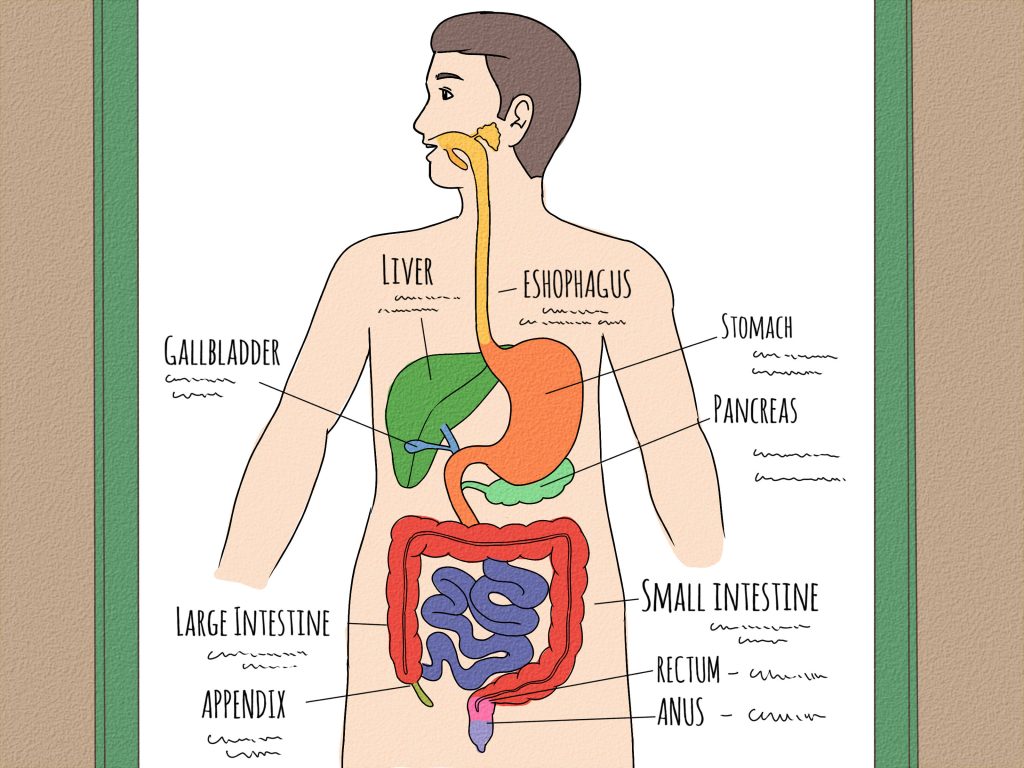The Phases Of Digestion: What Are The 5 Stages Of Digestion?

Digestion is a multi-faceted process orchestrated 5 Stages Of Digestion by various organs and tissues to dismantle and assimilate nutrients from ingested food. Key stages encompass:
1. Ingestion:
Commencing with the introduction of food into the oral cavity, the process involves mastication and the initiation of carbohydrate breakdown through salivary gland-produced saliva.
2. Journey through the Esophagus:
Post-ingestion, food traverses the esophagus, a muscular conduit connecting the oral cavity to the stomach. This transit takes a matter of seconds.
3. The stomach:
Food enters the stomach, where it undergoes mixing with gastric juices and digestive enzymes. This organ serves as a pivotal site for the comprehensive สมัคร UFABET วันนี้ รับเครดิตฟรีสำหรับสมาชิกใหม่ breakdown of food particles, typically lasting 2 to 4 hours, resulting in a semi-liquid state termed chyme.
4. The small intestine:
Following gastric processing, partially digested food enters the small intestine – the primary location for nutrient absorption. This segment, 5 Stages Of Digestion comprising the duodenum, jejunum, and ileum, spans approximately 4 to 6 hours. Here, digestive enzymes and bile further break down chyme into constituent nutrients-proteins, carbohydrates, and fats – allowing absorption into the bloodstream.
5. The large intestine:
The remaining material, predominantly composed of water, fibre, and undigested substances, progresses into the large intestine or colon. Over a duration of 12 to 48 hours, the colon facilitates the absorption of water and electrolytes from residual material, ultimately forming feces.
So, what does transit time mean for human health? Its impact extends to gut health and, consequently, to the prevention, treatment, and management of GI malfunctions, diabetes, and lifestyle diseases, including obesity and postprandial sugar control. I haven’t found any studies, but common sense and my nutrition training indicate that consuming